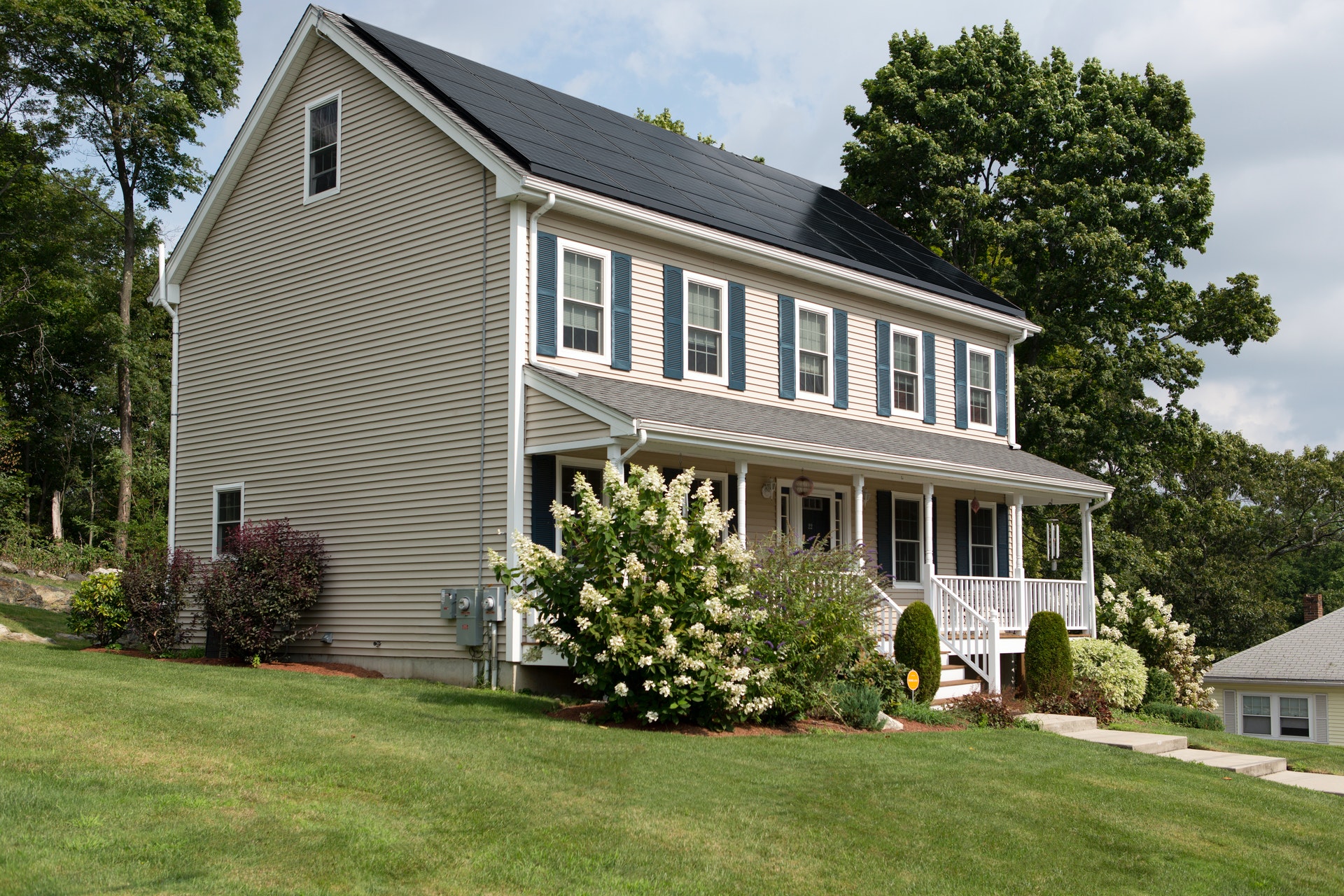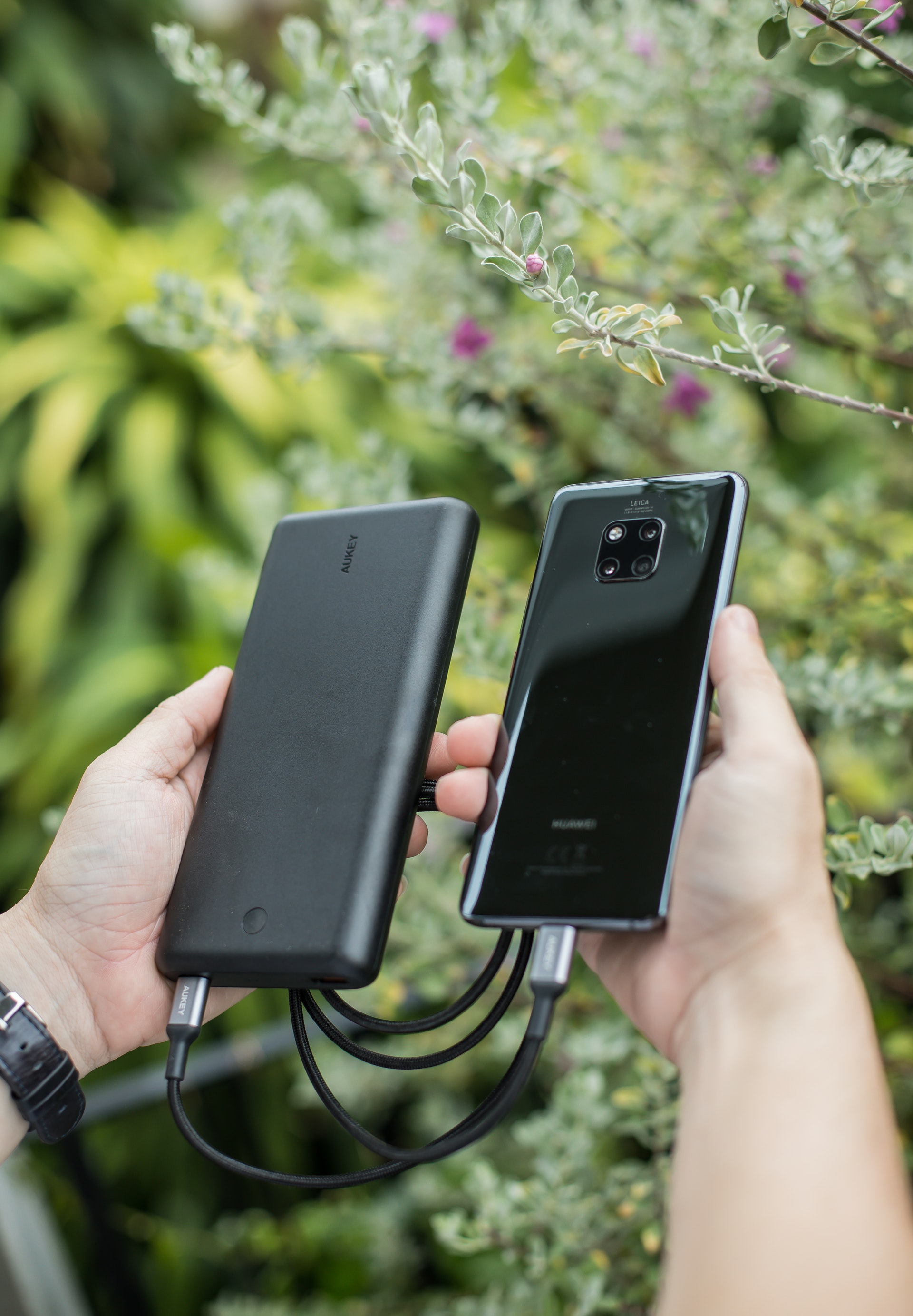
Solar Panel Buying and Research Guide
Everything you need to make an educated choice about going solar.

Everything you need to make an educated choice about going solar.

There are many benefits to investing in a solar panel system. Some people want to reduce carbon emissions and support renewable energy, some people want to save on their electric bills, and others want energy independence from the utility grid.
No matter what your motivation, you should arm yourself with the right information to avoid making a bad financial decision or wasting time and energy on a solar system that doesn’t meet your expectations.
The average cost of a solar panel system for the average home in the U.S. is $20,000 - $25,000 after the federal solar tax credit.
The cost of your system will depend on the type of solar panels you choose to install, the incentive programs in your area, and labor costs. The best way to determine how much you should expect to pay for solar panels that can power your home is to use our solar calculator.
Our calculator will use your average energy usage to determine the estimated cost of your system and help you find incentive programs that can help reduce your installation cost.
For more information about the factors that affect the cost of solar for your home see our solar panel cost guide. For reference here is the average cost of solar panels by system size:
A common term used in the solar industry is “solar payback period”. The solar payback period refers to the amount of time it will take for your solar panels to pay for themselves.
Since many people use solar panels to offset their home’s energy consumption, the solar payback period determines the time it will take for their investment to pay off.
The shorthand version for determining the payback period for your solar panels is to divide the total cost of your solar system by the amount of annual savings. For example:
Total cost of $18,500 ÷ Annual savings of $2,000 = 9.25 years
In theory, this is relatively simple, but in practice, it can be more complicated than you think. Since you will need to determine the size of the system you need, the gross cost of the system, the dollar value of federal incentives, the value of local incentives, and other important factors like net metering policies, electricity rates in your area, and solar renewable energy credits (SRECs).
This solar payback period guide can walk you through everything you need to know to find your ideal payback period. If you want to skip the math and research our solar analysis tool can determine your payback period.
Deciding if solar is the right investment for you is only the first step. Step two is to figure out how you are going to pay for the system. Since solar panels can easily cost as much as a car there are many options for financing or leasing solar panels.
If you plan on paying for your solar panels upfront out of pocket you can skip to the next section, solar incentive programs.
You can finance solar panels similar to the way you finance any other home improvement like a pool or remodel.
But be extremely cautious. This is where many people make huge financial mistakes when buying solar. There are predatory salesmen and loan companies that will lock you into complicated loan terms with variable interest rates or steep late payment penalties.
Make sure you read the fine print of your contract and ask questions.
Leasing a solar panel system reduces the upfront cost but means a third party owns your panels. You pay a monthly fee for the panels and reap the benefits on your electric bill. It is important to note that leasing solar panels means that you forfeit the ability to use solar incentives like the federal solar tax credit.
While leasing solar panels has a low upfront cost it generally is not the best financial decision for those looking to squeeze the most value out of their system. On the other hand, it does allow those who would not ordinarily be able to afford panels to get panels on their home. If you are avid about the environment and renewable energy this could be worth the sacrifice if you can’t afford to buy or finance.
Our leasing vs buying solar panels guide dives into more details about the two options.
Solar power purchase agreements are when a third party pays for the solar panels to be installed on your property and in return you pay a negotiated fixed price for electricity. The
Many times solar PPAs are confused with solar leases. The difference between a solar PPA and solar lease is that with a lease, you pay a monthly fee to use the system and with a PPA you pay a negotiated kWh rate for the power generated.
There are thousands of solar and renewable energy incentives available. Many incentives are provided by utilities, and state or local governments. There is also the federal solar tax credit that available for anyone in the US that purchases solar panels.
The federal solar tax credit is tax deduction worth 26% of the total cost of you solar panel system. It is applied in the form a credit on your annual income taxes. So if you paid $20,000 for a system you would receive a $5,200 credit when you fine your taxes the following year.
The federal solar tax credit is not permanent. Over the next few years the credit will become less valuable. In 2023 the credit amount drops to 22% and in 2024 it drops to 10%.
You can learn more about the federal solar tax credit here.
State and local governments offer various incentives ranging from grants to low interest finance programs. Depending on your location these incentives can stack up nicely making solar panels more cost effective.
To find all the solar incentives eligible for your home you can use our solar calculator tool or browse our solar incentive database.
Solar panels can be financially beneficial and make a positive impact on the environment. Some people want to invest in solar panels no matter what the cost and others looking for for financial payback. It’s a good idea to weigh the pros and cons of solar panels for yourself to make the right decision for you. Our solar analysis tool can help you see the cost and environmental impact for your home.
The industry average solar panel lasts 25-30 years. This lifespan varies by the type of solar panel, brand, and the environment they are installed in. You can learn more about the lifespan of a solar panel in this guide.
Monocrystalline (also called “mono”) solar panels are regarded as the premium option for home solar systems. Many people opt for their black modern look and superior efficiency. Polycrystalline solar panels (or just “poly”) are cheaper and are still a good option depending on the goals of your solar system. Poly cells have an efficiency of about 23% compared to the 28% efficiency of mono cells. See a side-by-side comparison.
The average solar system is about 11 kWh which would require around 23 panels. The more efficient your panels the less panels you would need. The correct answer will vary based on the amount of energy you want to generate, the efficiency of your solar panels, and the climate (sunlight) your home gets. Learn more in this guide.
The only carbon footprint associated with solar panels is from their production. Account for 50g of CO2 per kilowatt-hour for the first 3 years. After the first 3 years of production, your solar panels will be carbon neutral for the remainder of their lifespan. Solar panels have 20 times less carbon footprint than traditional coal power generation.
Solar panels can save your money on your local utility bills by offsetting your energy consumption. If you produce the amount of energy





 View all posts >
View all posts >